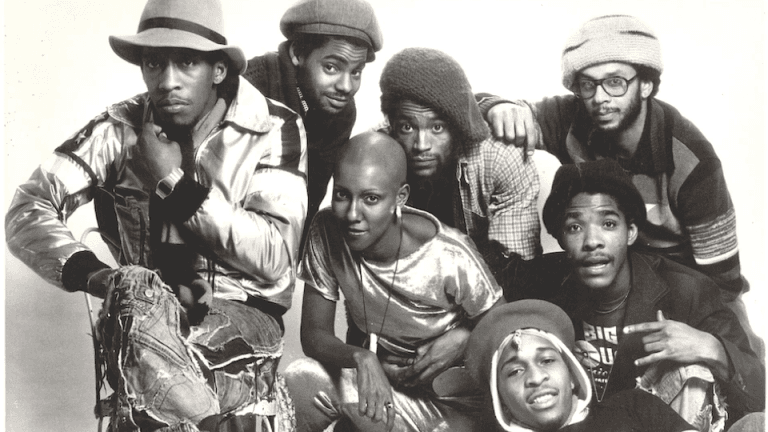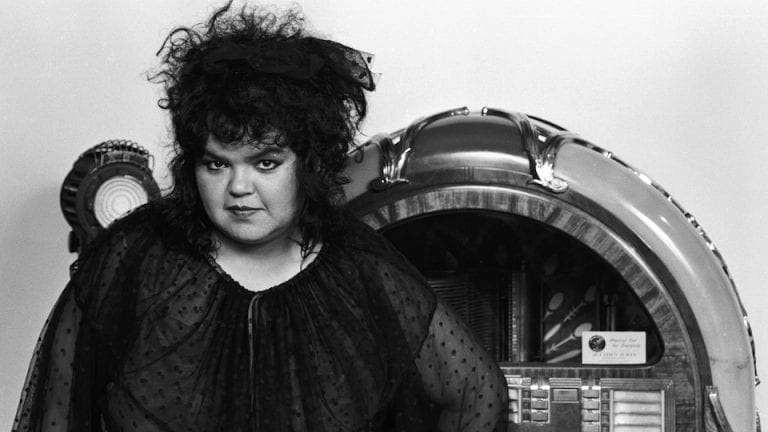Follow us
What Happened During The Great Springsteen Vacuum?

50 years ago this month, the iconic album Born to Run was released by Bruce Springsteen, and the world of rock music was never the same. BTR put Bruce on the international map and secured him the stardom he deserved. Although he graced the cover of two major national weekly magazines and enjoyed near-universal rave reviews and fawning support from his musical peers, the litigation proceedings he faced regarding the ownership of his work caused Bruce Springsteen to be relegated to doing only live appearances for the next 2.5 years.
Between BTR’s birth in August of 1975 through the release of his comeback Darkness on the Edge of Town in the summer of 1978, the world would hear no new material from the Jersey boss; that’s a lifetime for a music artist. This created what I call the “Great Springsteen Vacuum” in the rock music market.
During this period, the absence of Bruce’s groundbreaking sound generated a ghost demand for more Springsteen-like productions. The smarter music executives, record producers, and even some artists, detected a pent-up demand for more hard-nosed, street-wise, sax-driven, growling voices like that of the Jersey troubadour. The rock music universe filled the Springsteen vacuum with a plethora of sound-alike/feel feel-alike/look-alike artists. For some, this was not contrived- but a natural direction to take- while others morphed into it. Some were excellent, while others were less so.
South Side Johnny and the Asbury Jukes – January 1976
There was not a chance in hell that South Side Johnny Lyon and the Jukes would not be signed to a record deal in the wake of Born to Run. They were arguably the best bar band on the East Coast at the time, and they had close ties with the E Street Band, often swapping players in and out of their respective groups. Even though E-Streeter Steve Van Zandt produced and wrote several songs for their first album (Bruce himself contributed two tunes), their first album’s performance proved that the Jukes got there on their own merits.
During the “vacuum” times, the Bruce tie-in was magic for those fans who wished for the real thing. It would be Van Zandt who would leave the Jukes to join Bruce for the BTR tour, but he was sure to subsequently take their demo tape to Steve Popovich of Epic Records. The record executive, smelling the trends, had the Jukes recording their first album, I Don’t Want to Go Home, in less than 4 months after BTR’s release in January of 1976.
Bob Seger – October 1976
Already eight albums into his career, Bob Seger was circling the airport of success, searching for the sound to become an impactful presence in the rock world. Although building his following the authentic way as a concert road warrior who stayed true to his music, Seger had not yet come close to being a household name. His best studio album chart success to date was #131, and his only single to reach the top 100 in the USA was 1974’s “Get Out of Denver” (#80). Taking a cue from the E Street Band’s successful association with Springsteen, Seger established his first credited backing band (Silver Bullet Band) that produced his Night Moves effort in October of 1976. The album proved to be a big international hit, although upon first listen, some thought his single “Mainstreet” was actually Bruce. Rolling Stone magazine was more direct: while their review credited Seger’s album as one of the top deliverables for 1976, they also pointed out that Seger suddenly wrote lyrics “just like Springsteen.” Taking nothing away from his work, he enjoyed a rich and meaningful career in the preceding years outside of “the vacuum” by just being Bob Seger.
Billy Falcon – April 1977
Although he was from Long Island, the cover of Billy Falcon’s 1977 debut album Burning Rose had him barefoot and leaning on the rails of the boardwalk, looking like he was somewhere at the Jersey shore. He had already started to build his rep in the local NY-NJ clubs when label Manhattan Records took a bet that he might be a younger Springsteen. His opening tune of the debut album, “Friday Night,” wasn’t Born to Run, but it was a chip from the block of Bruce’s The Wild and Innocent era. He could make his voice growl, but he seemed to do it a lot (maybe too much). Although he gained a following, Falcon was eventually written off as “Bruce-lite.” But he stayed in the business, achieved a top 40 hit (“Power Windows” in 1991) and eventually had considerable success writing with another Jersey icon, Jon Bon Jovi, for several years.
Billy Joel – September 1977
Billy Joel was already a star by the time the Born to Run vacuum hit the music scene, but by 1977, Joel was morphing from songwriter crooner to hard-hitting rocker. This came to prominence in the fall of that year, when Billy took us on a wonderful ride with The Stranger. Contained in that album was the 7 ½ minute opus “Scenes From an Italian Restaurant,” which was structured very similarly to Born to Run’s “Jungleland.” Like Meatloaf’s “Paradise by the Dashboard Light”, “Scenes” featured a multi-sectional arrangement, with no traditional verse-chorus prominence. Stitching together three different song bits (“The Italian Restaurant Song, “Things Are OK in Oyster Bay,” and “The Ballad of Brenda and Eddie”), the “opera” would be held together by an epic sax solo similar to “Jungleland” (played by Richie Cannata). An instant Billy Joel classic – and he knew a market vacuum when he heard it.
Meatloaf – October 1977
The Bat Out of Hell album was such a sales juggernaut (currently 50 million and counting, the most ever for a debut album) in the autumn of 1977, it cemented the notion that the two-year-old Born to Run tsunami was not yet settled. No one could mistake the album’s similarities with the Springsteen sound (that was undoubtedly a Clarence Clemons-style sax solo opening “All Revved Up and No Place to Go” performed by Edgar Winter), and it didn’t hurt that E-Street drummer Max Weinberg and keyboard wizard Roy Bittan were selected as part of the recording team. Although Springsteen alum, Jimmy Iovine, was an early candidate to produce the album, Todd Rundgren was selected by songwriter Jim Steinman, who requested the same “wall of sound” that Bruce developed with BTR. Steinman would say later that the album’s comparison to Bruce’s music was “puzzling, musically,” but he would concede that “Springsteen was more an inspiration than an influence.” To assure its linkage, Steve Van Zandt appears in this story too, working with Meatloaf’s manager/legal counsel David Sonenberg to once again introduce the project to Steve Popovich of Epic Records.
Bill Chinnock – June 1978
Since the late 60s, Bill Chinnock had been a staple of the music scene in Asbury Park, and at various points, he had future E-Streeters Vini Lopez, Dan Federici, and Gary Tallent come in and out of his musical universe. He was an opening act for Steel Mill (one of Bruce’s early bands) on several occasions. Bill was peddled around for a few years by various talent scouts, one being John Hammond (the “discoverer” of Springsteen for Columbia Records), who recommended Chinnock to Paramount Records. He received little support behind his two Paramount albums (his second was held back from release altogether), but once the BTR vacuum hit the market, Chinnock found himself courted by several major record labels. Eventually signing with Atlantic Records in 1977, he was set to gain traction with an album that he would call Badlands. But the label insisted on remixing the album, adding strings (just like Born to Run) and other new touches, which drew away from Bill’s original musical vision.
The remix delay caused the album to coincide with Bruce’s release of his comeback album Darkness on the Edge of Town in the summer of 1978, which, of course, opened with a song called “Badlands.” That title caused a negative stir, some accusing Chinnock of jumping on the post-Born to Run bandwagon, while his fan base was confused by the softer-sounding remix recording. Although he would release five more albums in his career, Bill Chinnock never gained momentum again.
-Steve Valvano
Photo: Southside Johnny (Getty Images)

















You forgot Manford Mann cover of Blinded By The Light. Thigh the release might have been earlier than the time frame you are writing about, and some think MM did the song better, there is no doubt their version was helped by the void of new Springsteen releases.